
Ishac v Ontario (Health Insurance Plan) – Pectoral Implant Removal Not Covered by OHIP
In Ontario, the line between an insured health service and an elective cosmetic procedure can sometimes seem blurry. The Ontario Health Insurance Plan (OHIP) is

Paul is a Partner at Davidson Cahill Morrison LLP, an established boutique litigation law firm with offices in Toronto, Huntsville and Bowmanville.
Paul’s advanced advocacy skills both inside and outside of the courtroom have led to him being recognized by the Law Society of Ontario as a Certified Specialist in Civil Litigation.
Paul has proven himself a fearless advocate by a number of successful trial outcomes over the years, including a recent $11.5 million judgment for medical malpractice causing cerebral palsy against a negligent doctor as well as a recent judgment against a negligent emergency room physician who caused the death of a 34 year-old mother of 4 young children.
Paul’s hard work and dedication to his clients has led to him being recognized by his peers and numerous publications including Best Lawyers in Canada for Medical Negligence and Personal Injury Litigation since 2021.
Paul is a past director of the Ontario Trial Lawyers Association (2020-2023) and past Chair of the Medical Malpractice Section (2019-2020).
For select matters, Paul will act as trial counsel to other lawyers for medical malpractice and serious personal injury claims.
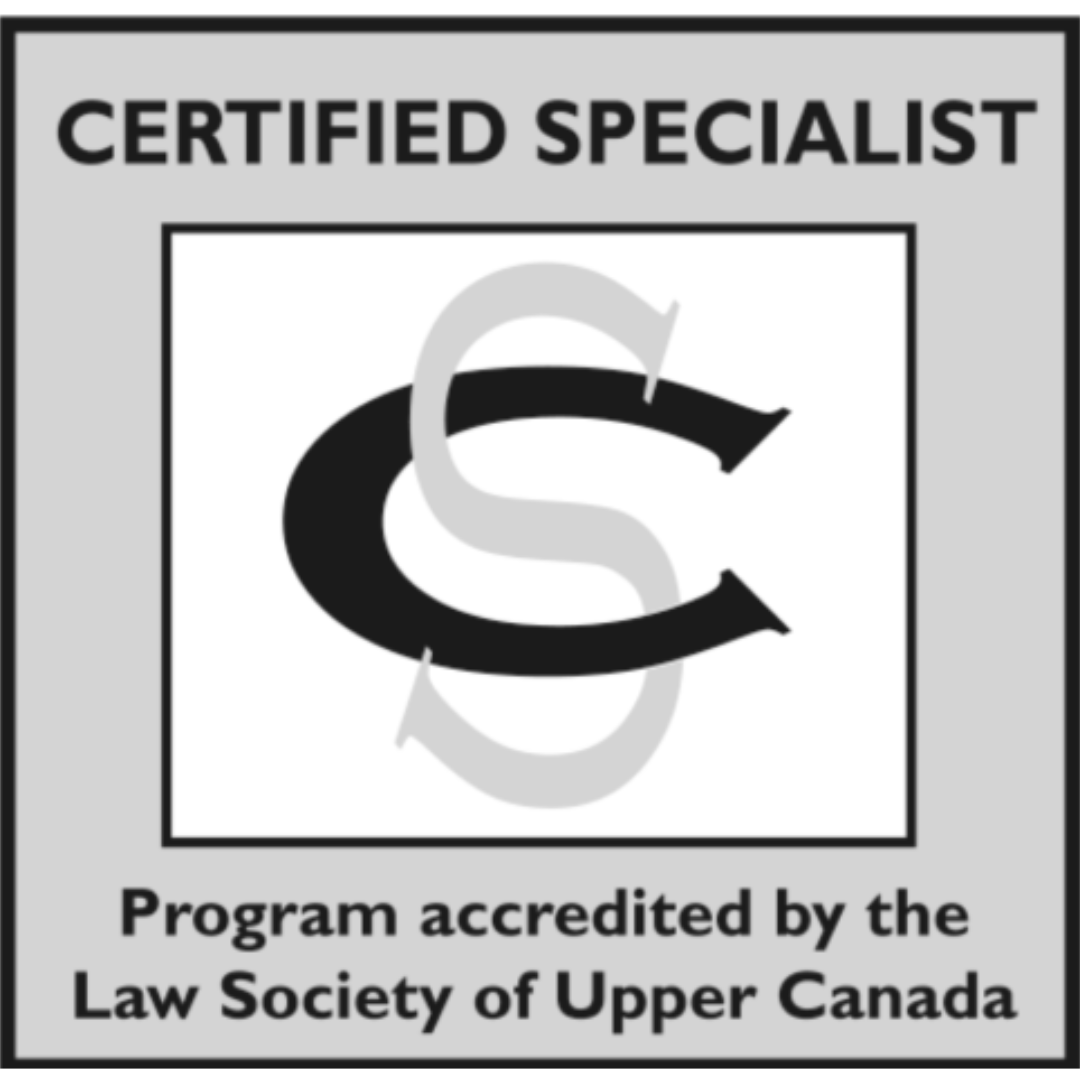
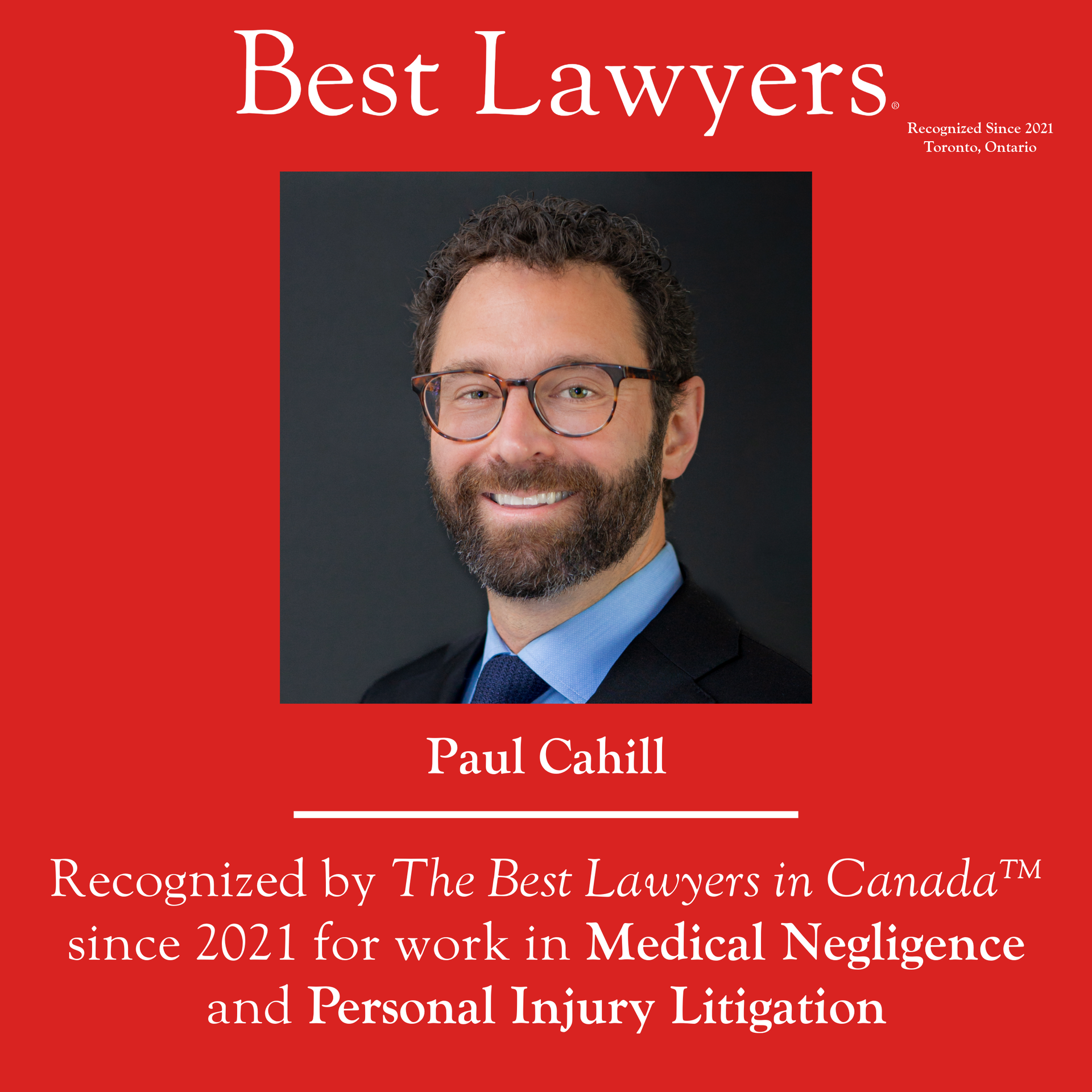

In Ontario, the line between an insured health service and an elective cosmetic procedure can sometimes seem blurry. The Ontario Health Insurance Plan (OHIP) is

On February 11, 2019, Bradley McKee stabbed his father, William McKee, to death. At the time of the stabbing, Bradley was 27 years old; he

Birth trauma or birth injury claims are probably the most devastating of all medical malpractice claims. It is not surprising that any parent who has experienced a difficult pregnancy, labour and delivery, or C-section that may have resulted in their baby having a brain injury, cerebral palsy, brachial plexus injury, or other physical or mental disability would want to explore their legal rights to determine whether medical malpractice played a role in their baby’s terrible outcome.
Toronto lawyer Paul Cahill has significant experience litigating birth injury medical malpractice lawsuits, including securing a jury trial verdict of $11.5 million for a twin born with cerebral palsy due to negligent obstetrical care.
Medical malpractice lawsuits for birth negligence may be due to substandard medical care by physicians, midwives, hospitals or nurses. Every case is different.
If you are concerned that the health and well-being of your baby may have been compromised due to medical malpractice, please contact Paul Cahill today to request a free consultation.
Obstetrics is the field of study concentrated on pregnancy, childbirth and the postpartum period. As a medical specialty, obstetrics is combined with gynecology under the discipline known as obstetrics and gynecology (OB/GYN), which is a surgical field.
Obstetrics is a complex and high risk area of medicine involving a variety of healthcare providers including obstetrical nurses, family physicians, radiologists, ultrasound technicians and others.
Sadly, errors in obstetrical care can lead to monumental damages for mother and baby. It is not surprising that obstetrical malpractice is a significant cause of large compensation payments to injured patients in Canada.
Injuries to patients can occur in a variety of different ways with obstetrical care. Most commonly, however, issues arise during intrapartum care (labour and delivery) and can result in serious injury or death to both mother and child. Maternal complications typically include hemorrhage and infection white neonatal (baby) complications include brain injuries resulting from anoxia (lack of oxygen) and injuries relating to the mismanagement of shoulder dystocia, a situation that can occur when the baby’s shoulder becomes lodged in the mother’s pelvis during delivery.
From a medical-legal perspective, the following situations can give rise to a medical malpractice claim for obstetrical negligence:
Toronto medical malpractice lawyer Paul Cahill has significant experience representing patients in lawsuits against obstetricians for malpractice having obtained an $11.5 million judgment against an obstetrician for negligent management of twin-to-twin transfusion syndrome.
E-mail Paul Cahill now to request a free consultation to see whether you may have a claim for obstetrical malpractice.

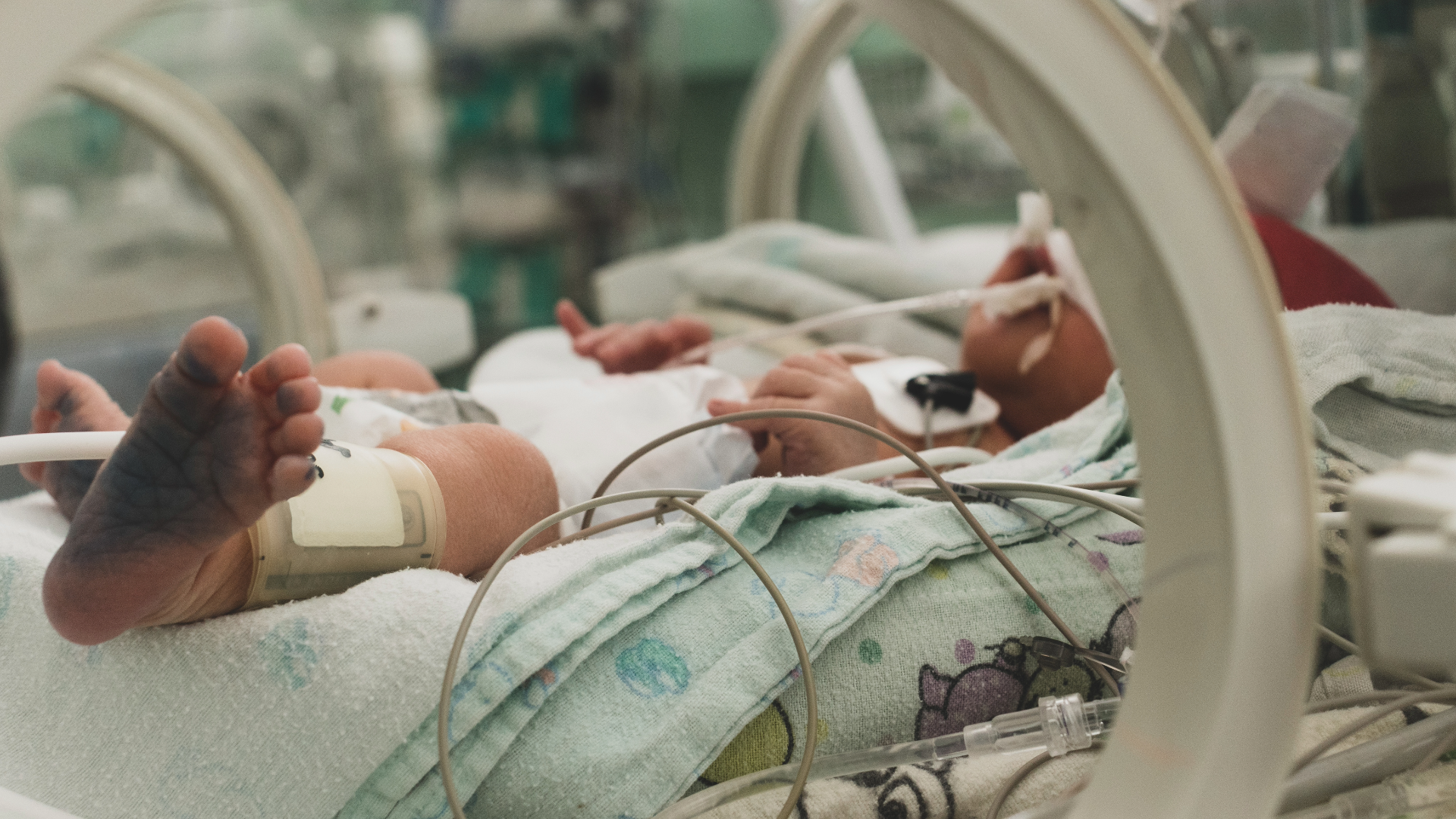
The neonatal period is the period of the most dramatic physiologic changes that occur during human life. A neonate is also called a newborn. The neonatal period is the first 4 weeks of your baby’s life.
While the respiratory and cardiovascular systems change immediately at birth, other organ systems evolve slowly with time until the transition from intrauterine to adult physiology is complete. The transitional period of the newborn is a critical time for humans to adapt to life outside the womb.
Negligent medical care may happen during the neonatal period of your baby which could cause devastating harm to their long-term health and well-being. An example of neonatal negligence could include if a newborn is born with a concerning medical condition, such as hypoglycemia (low blood sugar) or hyperbilirubinemia (jaundice), and it is not diagnosed or treated appropriately.
Another area of concern arises from improper neonatal resuscitation which may result in brain damage or even death.
Toronto lawyer Paul Cahill has significant experience litigating neonatal medical malpractice lawsuits. If you are concerned that your baby may have been harmed by negligent neonatal care after they were born, please contact Paul Cahill today to request a free consultation.
Neonatal hypoxic-ischemic encephalopathy (HIE) is a serious condition that can occur in newborns when there is insufficient oxygen supply to the brain. This lack of oxygen, known as hypoxia, can lead to brain damage and potentially long-term neurological complications.
Hypoxic-ischemic encephalopathy typically occurs during or shortly after birth, and is often caused by complications such as difficult labor, umbilical cord problems, or maternal health conditions. It can also be triggered by other factors such as infections or trauma.
Symptoms of HIE may vary depending on the severity of the condition, but can include difficulty breathing, low heart rate, seizures, and poor muscle tone.
Paul Cahill has significant experience representing families whose children have suffered from hypoxic-ischemic encephalopathy. He understands the challenges and emotional toll this condition can have on both the child and their loved ones.
With his expertise in medical malpractice cases, Paul Cahill has successfully helped families receive compensation for the lifelong care and treatment necessary for a child with HIE. He is dedicated to seeking justice for those affected by this preventable condition.
If your child has been diagnosed with hypoxic-ischemic encephalopathy, it is important to seek legal counsel as soon as possible. Contact Paul Cahill today for a consultation and learn how he can help you fight for your child’s rights.
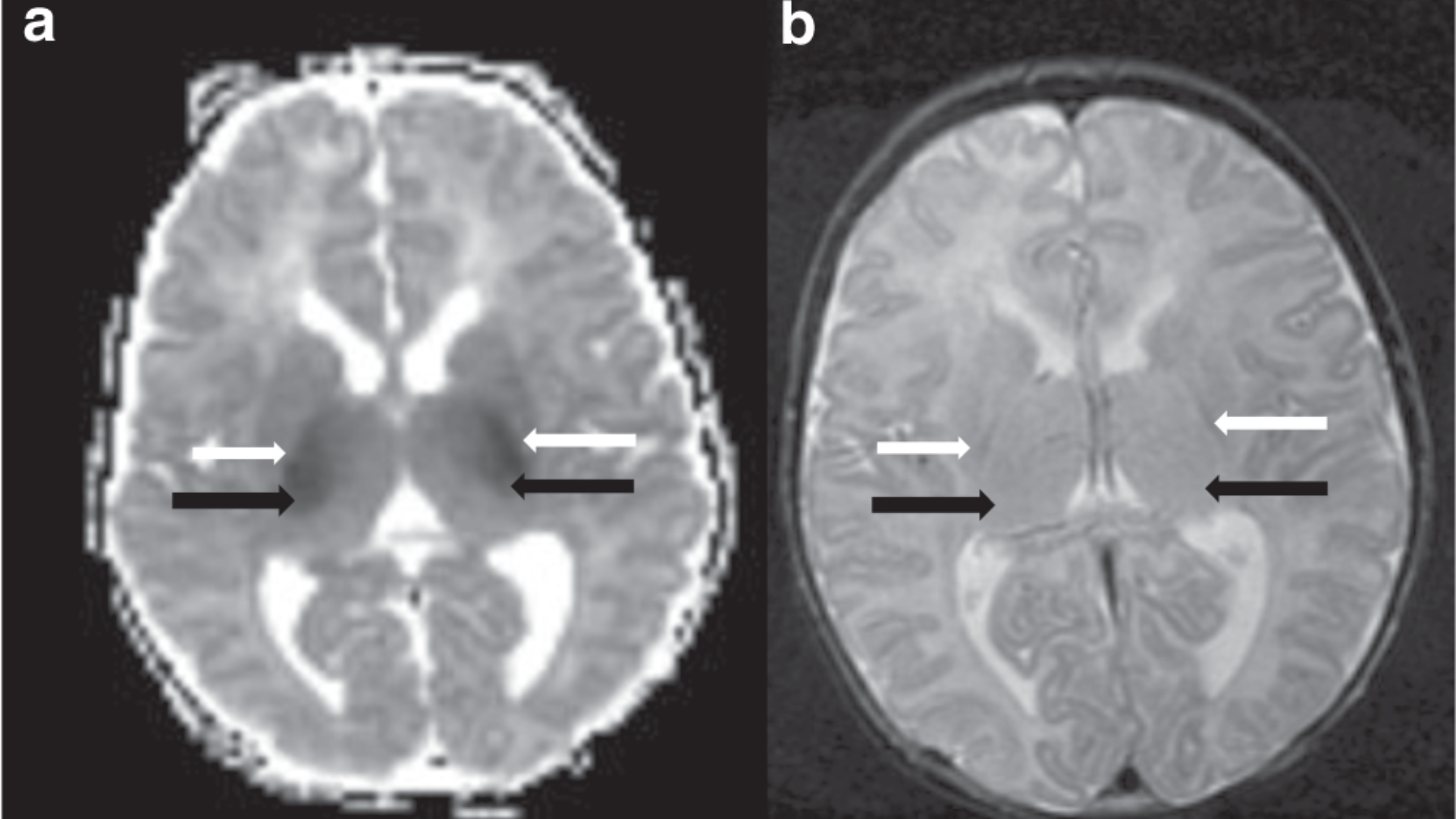

Cerebral palsy is caused by damage or abnormal development in the parts of the brain that control movement. These events can happen before, during, or shortly after birth or in the first few years of life, when the brain is still developing.
Birth complications such as placental detachment, uterine rupture, or problems with the umbilical cord during birth could disrupt oxygen supply to your baby and result in cerebral palsy. Medical malpractice occurs if a misdiagnosis or delayed intervention such as a C-section results in prolonged deprivation of oxygen to your baby’s brain leaving them with cerebral palsy.
Toronto lawyer Paul Cahill has significant experience litigating cerebral palsy medical malpractice lawsuits, including securing a jury trial verdict of $11.5 million for a twin born with cerebral palsy due to negligent obstetrical care.
Medical malpractice lawsuits for negligent cerebral palsy may the result of poor care by physicians, midwives, hospitals or nurses. Every case is different and should be reviewed by an experienced medical malpractice lawyer.
If you are concerned that your baby’s cerebral palsy may have been caused by medical malpractice, please contact Paul Cahill today to request a free consultation.
According to the Association of Ontario Midwives, midwives are regulated healthcare professionals that provide government-funded primary care to pregnant mothers and their newborns. Midwives provide care through pregnancy, labour, birth and the first six weeks after birth.
The scope of practice for midwives are low-risk pregnancies and birth. The most common concern for midwife negligence is failing to recognize and/or refer a pregnant mother to an obstetrician when a complication of pregnancy arises. This can have devastating consequences to both mother and child.
Toronto lawyer Paul Cahill has significant experience litigating midwife negligence lawsuits. If you are concerned that you or your baby may have been harmed by negligent midwifery care, please contact Paul Cahill today to request a free consultation.


Surgeries are happening all the time in Ontario hospitals. In fact, it is estimated that there are as many as 2.4 million surgical procedures performed in Canada every year.
Although the vast majority of surgeries are successfully performed with no complications, every so often something can go wrong.
It would be devastating to learn that your loved one is in the ICU instead of the recovery room after a surgery because something unexpected occurred. When a person suffers major disability or death after routine surgery it is perfectly reasonable to question whether there was surgical negligence that may have contributed to the terrible outcome.
Every surgery, surgeon and surgical complication is different. In order to get the best advice, you need to speak with an experienced medical malpractice lawyer who understands both the medical and legal side to your potential lawsuit.
Toronto medical malpractice lawyer Paul Cahill has significant experience representing patients in lawsuits against surgeons for surgical errors. Paul was lead counsel on a successful trial against a surgeon for causing nerve damage during a urological surgery. The trial decision was reported at O’Neill-Renouf v. Ibrahim, 2019 ONSC 4369 (CanLII).
To request a free case evaluation on whether you may have a lawsuit for surgical error against a doctor, please e-mail Paul Cahill today.
For more information about surgical errors, please read this post.
Medical malpractice claims against gynecologists can be a serious issue, as these doctors professionals play a crucial role in women’s health and well-being. Gynecologists are responsible for providing medical care and guidance to women from puberty through menopause. However, like any other medical professional, they are not infallible and can make mistakes that may have severe consequences for their patients.
One of the most common types of medical malpractice claims against gynecologists is misdiagnosis or failure to diagnose a condition in a timely manner. This can lead to delayed treatment or incorrect treatment, which can ultimately harm the patient’s health or even result in death. For example, if a gynecologist fails to diagnose cervical cancer early on, the disease may progress to a more advanced stage and be more difficult to treat.
Another issue that can arise is surgical errors. Gynecologists perform various surgeries, such as hysterectomies and cesarean sections, which carry their own risks. If a gynecologist makes a mistake during surgery, it can result in serious complications for the patient, including infections, organ damage, or even death.
In addition to these medical mistakes, gynecologists may also face legal action for failing to obtain informed consent from their patients. Informed consent means providing the patient with all necessary information about their condition and treatment options so they can make an informed decision about their healthcare.

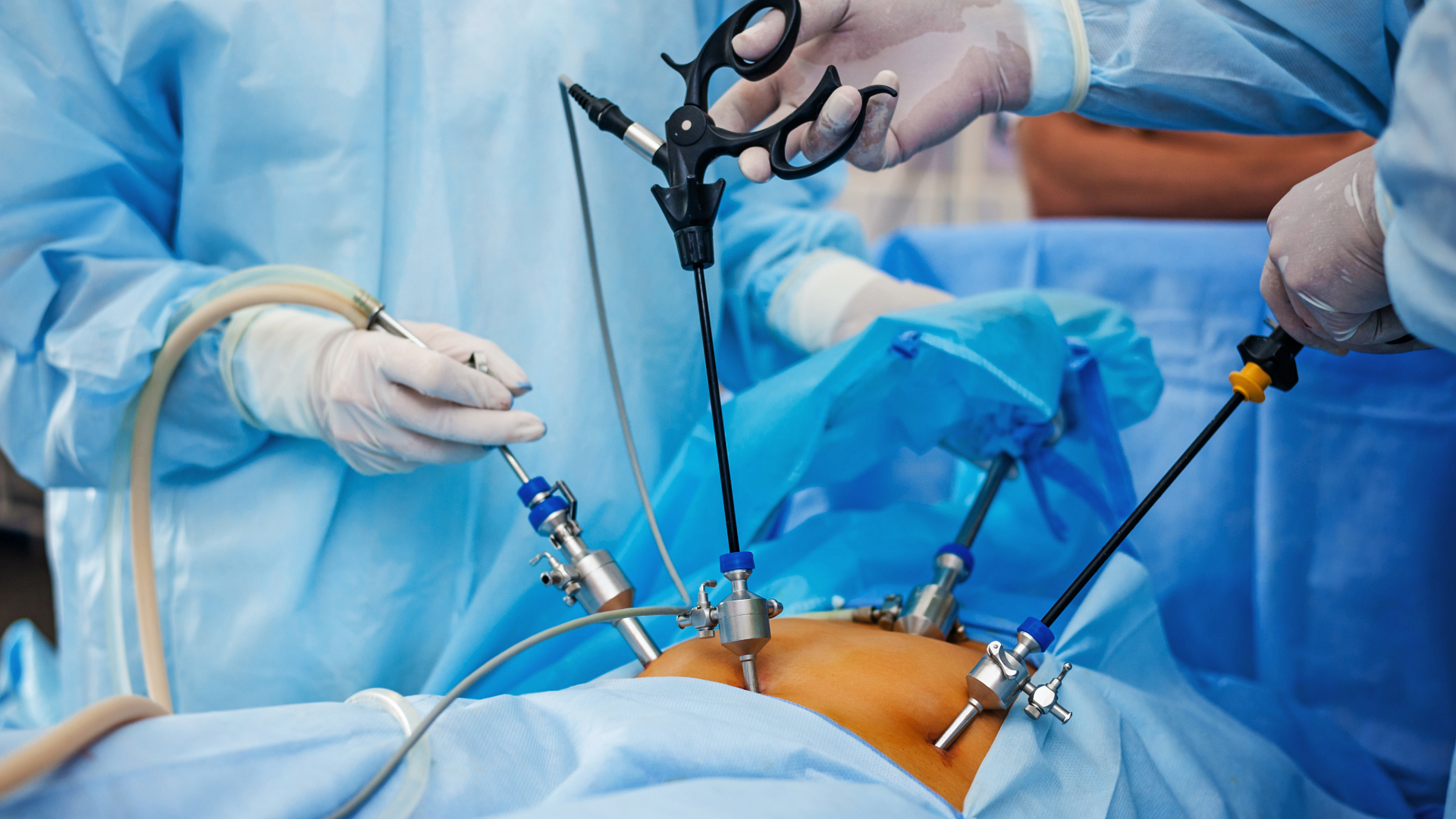
Urologists, like all medical professionals, can face various types of medical malpractice claims.
Some common claims against urologists include misdiagnosis of conditions such as prostate cancer, kidney stones, or urinary tract infections. Surgical errors during procedures like vasectomies, prostate surgeries, or kidney stone removals can also lead to malpractice claims. Additionally, improper treatment, medication errors, failure to obtain informed consent, or delays in diagnosis can all be reasons patients might file claims against urologists.
Paul Cahill has successfully litigated cases against urologists. To request a free consultation, contact Paul Cahill today.
General surgeons are highly trained medical professionals who specialize in performing surgeries on various parts of the body. They play a crucial role in the treatment of injuries, diseases and other medical conditions that require surgical intervention.
One of the key responsibilities of a general surgeon is to evaluate patients and determine if surgery is necessary. This involves conducting thorough physical examinations, reviewing medical histories, and ordering diagnostic tests to accurately diagnose a patient’s condition.
Once it is determined that surgery is needed, the general surgeon will then discuss the procedure with the patient and answer any questions they may have. They will also explain potential risks and benefits of the surgery, as well as any alternative treatment options available.


Neurosurgical negligence claims are becoming more common in today’s society as advancements in technology allow for more complex brain surgeries. These procedures carry a high risk and require utmost skill and precision from the surgeon. However, when medical professionals fail to adhere to proper standards of care, it can result in disastrous consequences for patients.
In these cases, victims have the right to seek compensation for their injuries through neurosurgical negligence claims.
Neurosurgery is a highly specialized field that deals with the diagnosis and treatment of disorders affecting the nervous system, including the brain, spinal cord, and nerves. Due to its complexity, it requires extensive training and experience to perform surgeries successfully. This is why patients put all their trust in their neurosurgeon’s hands when undergoing a procedure.
Unfortunately, not all doctors are perfect, and mistakes can happen even in the most skilled hands. However, if these errors result from negligence or lack of proper care, they can lead to severe consequences for patients.
Paul Cahill has successfully litigated cases against neurosurgeons. To request a free consultation, contact Paul Cahill today.
Vascular surgery is a subspecialty of general surgery that focuses on the treatment of diseases affecting the vascular system. This includes conditions such as peripheral artery disease (PAD), deep vein thrombosis (DVT), aneurysms, and varicose veins.
Unfortunately, like any other medical practice, mistakes can happen during vascular surgeries. These errors can lead to severe consequences for patients, including permanent disability or death. As such, it is important that individuals who have suffered from complications due to surgical negligence seek legal advice.
Some common types of surgical errors in vascular surgery include:
If you believe that you have experienced any of these issues during a vascular surgery, it is important to seek medical attention immediately. It may also be necessary to consult with a medical malpractice lawyer to discuss your legal options.

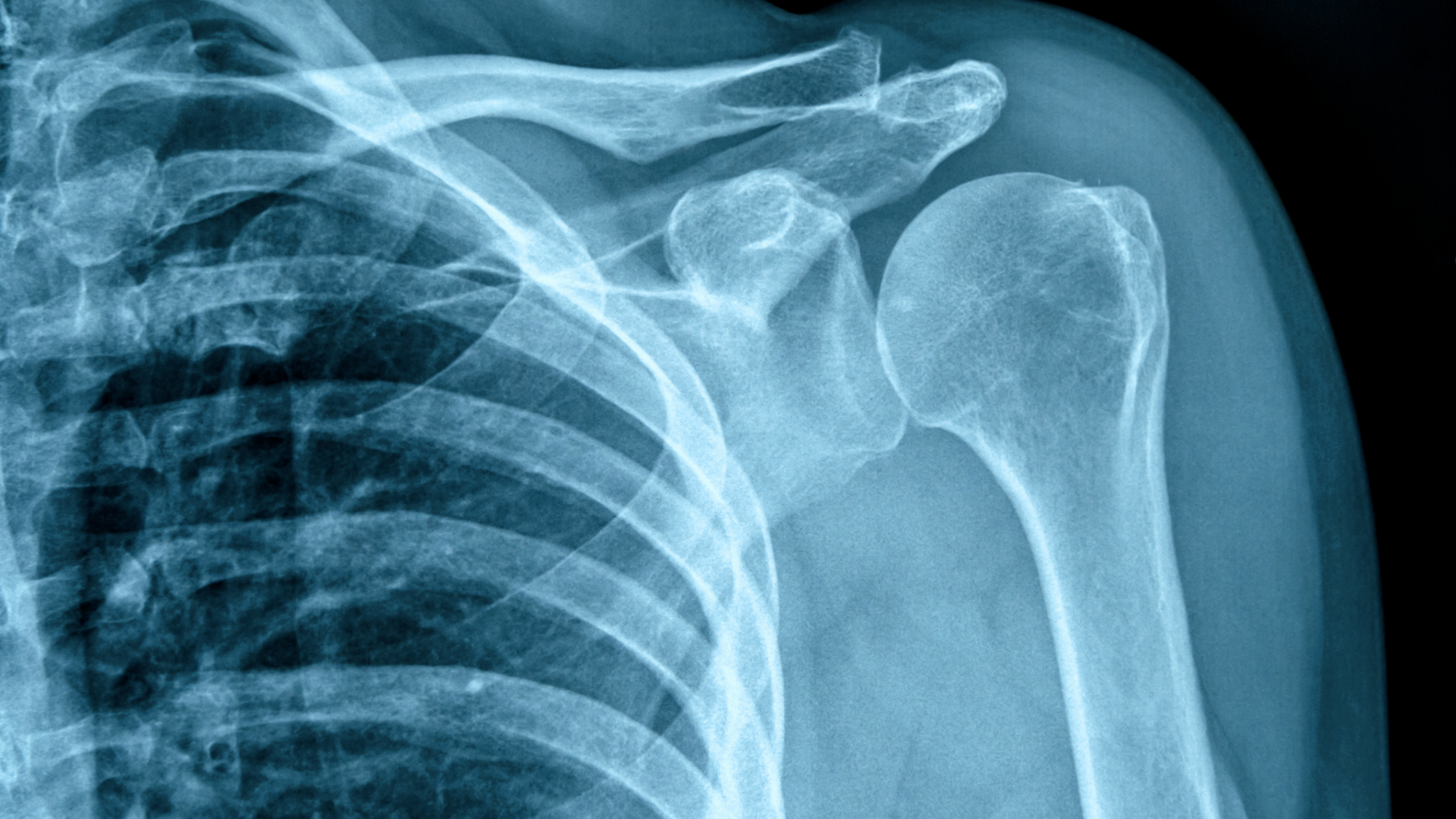
Orthopedic negligence refers to a breach of duty by an orthopedic surgeon in the diagnosis, treatment, or care of a patient that results in harm. This can occur due to errors during surgery, such as incorrect incisions, failure to properly align bones, or improper implantation of prosthetics.
Negligence may also arise from inadequate pre-operative evaluation, such as failing to identify underlying medical conditions or not recognizing contraindications for surgery. Post-operative care is another critical area where negligence might occur if the surgeon fails to provide appropriate follow-up care, does not recognize complications such as infections or blood clots, or neglects to inform the patient about necessary rehabilitation. Such negligence can lead to severe outcomes, including chronic pain, permanent disability, or even the need for additional surgeries.
Patients who believe they have experienced orthopedic negligence can seek legal recourse to obtain compensation for their injuries and associated costs.
Negligent post-operative care refers to the failure of healthcare providers to deliver the required standard of care to a patient after undergoing surgery, which can lead to serious complications or harm. This form of negligence can manifest in various ways, including:
Ensuring diligent post-operative care is crucial to facilitate recovery and prevent adverse outcomes, and any deviation from this standard can be considered a breach of duty that may warrant legal action. It is important for patients to understand their rights and for healthcare providers to adhere to protocols to ensure patient safety and well-being.
If you believe you may have suffered harm as a result of negligent post-operative care, contact Paul Cahill now to request a free consultation.

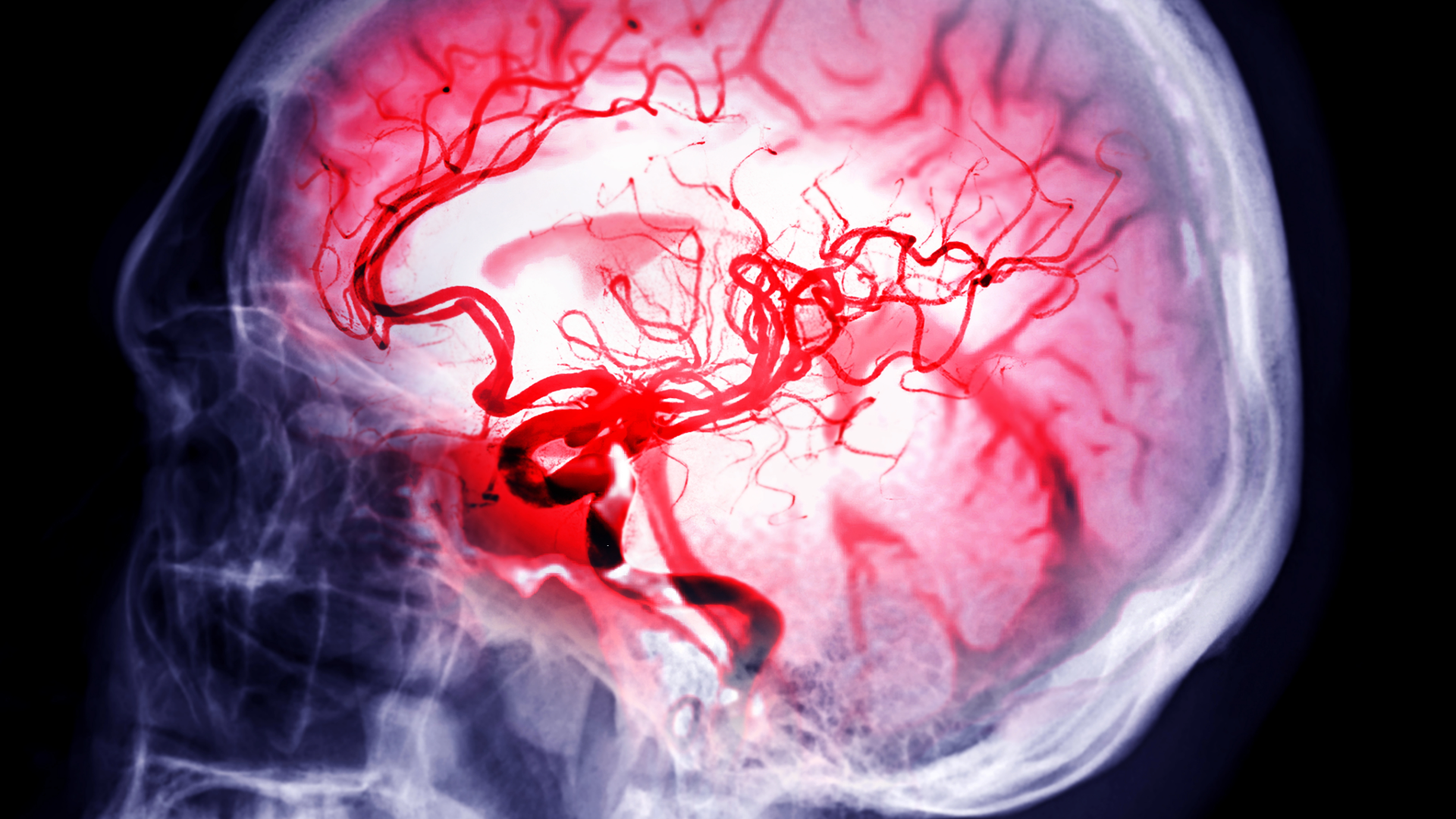
There are three primary types of stroke, each with distinct causes and implications for treatment.
Stroke misdiagnosis occurs when a medical professional incorrectly identifies a patient’s condition, either by diagnosing a stroke when it hasn’t occurred or failing to recognize a stroke when it has. This can lead to incorrect treatment or delayed care, potentially resulting in worsened health outcomes for the patient. Inaccuracies can arise due to various factors, such as atypical presentation of symptoms, reliance on ineffective diagnostic tools, or overlooking the signs in individuals who belong to demographic groups less commonly associated with strokes, such as younger patients. Effective and timely diagnosis is crucial for the successful management and treatment of stroke to minimize long-term impacts on the patient’s health.
Contact Paul Cahill today if you believe you or a loved one has been harmed because of a delayed or missed diagnosis of stroke.
Emergency room care, also known as emergency department care, refers to the immediate and specialized medical attention provided in a hospital’s emergency department to individuals experiencing acute illnesses or injuries that require urgent intervention. This type of care is crucial for addressing conditions that pose a serious threat to life or long-term health, such as heart attacks, strokes, traumatic injuries from accidents, severe infections, and other critical medical issues. Emergency room care is designed to stabilize patients, provide the necessary diagnostic tests and treatments, and determine the next steps in the care process, which may include admission to the hospital, surgery, or discharge with follow-up care instructions. The emergency room is staffed by a multidisciplinary team including doctors, nurses, and other healthcare professionals who are trained to manage a wide range of medical emergencies efficiently and effectively.
Delays in the emergency room can be caused by a variety of factors, often interlinked and complex. One primary cause is the high volume of patients, particularly during peak times, which can overwhelm available resources. This overcrowding often arises from a combination of non-emergency cases and genuine critical conditions that require immediate attention. Additionally, delays can occur due to a shortage of hospital staff, such as doctors and nurses, which limits the ability to assess and treat patients promptly. Diagnostic testing and imaging, which are crucial for accurate treatment decisions, can also contribute to delays if the necessary equipment or technicians are not readily available. Furthermore, the process of admitting patients to the hospital from the ER or transferring them to specialized care can be time-consuming, especially if there are no available beds in the hospital. Lastly, administrative processes such as patient registration and insurance documentation can slow down the initial steps of receiving care. Addressing these issues requires a coordinated effort to improve resource allocation, streamline procedures, and enhance system efficiency.
Contact Paul Cahill if you or a loved one has been harmed by delayed treatment in the emergency department.


Medication errors occur when there are mistakes made in the prescribing, dispensing, or administering of medication. These errors can have serious consequences for patients, such as adverse reactions or even death.
There are many factors that can contribute to medication errors, including poor communication between healthcare providers, illegible handwriting on prescriptions, incorrect dosages being administered, and lack of patient education about their medications.
If you or a loved has been harmed by a medication error, contact Paul Cahill today to request a free medical malpractice consultation.
Diagnostic malpractice refers to a situation where a healthcare professional fails to accurately diagnose a patient’s condition, resulting in harm to the patient. This type of malpractice can occur due to a variety of reasons, including misinterpretation of test results, failure to order appropriate tests, delayed diagnosis, or failing to recognize symptoms. Diagnostic malpractice can lead to severe consequences for the patient, such as progression of the disease, unnecessary treatment, or even death. Learn more about the Top 5 Most Dangerous Misdiagnoses in the Emergency Room.
One example of diagnostic malpractice is when a doctor fails to order necessary tests or procedures for a patient who is displaying symptoms of a serious condition. For instance, if a patient presents with chest pain and the doctor does not order an EKG or other cardiac tests, this could result in a delayed diagnosis of a heart attack. This delay could lead to further damage to the heart and potentially result in death.
Another example of diagnostic malpractice is misinterpreting test results. This can occur due to human error or faulty equipment. In either case, if the incorrect interpretation leads to an incorrect diagnosis and subsequent treatment, it can have harmful consequences for the patient.
If you believe you’ve been harmed by a diagnostic error, please contact Paul Cahill to request a free consultation.


Falls are a common occurrence in hospitals, with many patients experiencing them each year. In fact, falls are the leading cause of injury among hospitalized patients and can often result in serious consequences. So why do these falls happen?
One reason is due to the nature of a hospital setting. Patients may be weakened or disoriented due to their medical condition or medication, making them more susceptible to falling. They may also have limited mobility if they are recovering from surgery or illness. The physical environment of hospitals can also contribute to falls. Busy hallways, slippery floors, and cluttered patient rooms can all present hazards that increase the risk of falling.
A fall in hospital may occur due to neglect by hospital staff giving rise to legal liability. If you or a loved has fallen and injured themselves in a hospital, clinic, or long-term care home, please contact Paul Cahill to discuss your legal options.
Informed medical consent is a process through which a patient or their legal representative is provided with comprehensive information about a medical treatment or procedure. This information typically includes details about the diagnosis, purpose of the treatment, potential risks and benefits, alternative options, and possible outcomes if the treatment is declined. The goal is to ensure that the patient understands all aspects of the medical decision and can voluntarily agree to proceed based on this understanding. Informed consent is a fundamental ethical and legal requirement in healthcare, emphasizing respect for patient autonomy and the right to make informed choices about one’s own body and medical care.
A failure to obtain informed consent could give rise to legal liability, however, the patient must prove that not only themselves, but any reasonable patient in their circumstances would have opted for a different treatment option if they had been properly informed.
If you believe you may have had a bad outcome from a procedure without proper informed consent, contact Paul Cahill for legal advice.


Nursing home negligence lawsuits are legal actions taken against nursing homes or long-term care facilities when they fail to provide the standard level of care owed to their residents, resulting in harm or injury. These lawsuits typically arise from situations where nursing homes neglect their duties, leading to issues such as inadequate medical care, insufficient staffing, poor living conditions, or even abuse.
Contact Paul Cahill today to request a free consultation if your loved one has suffered serious injury while in long-term care.